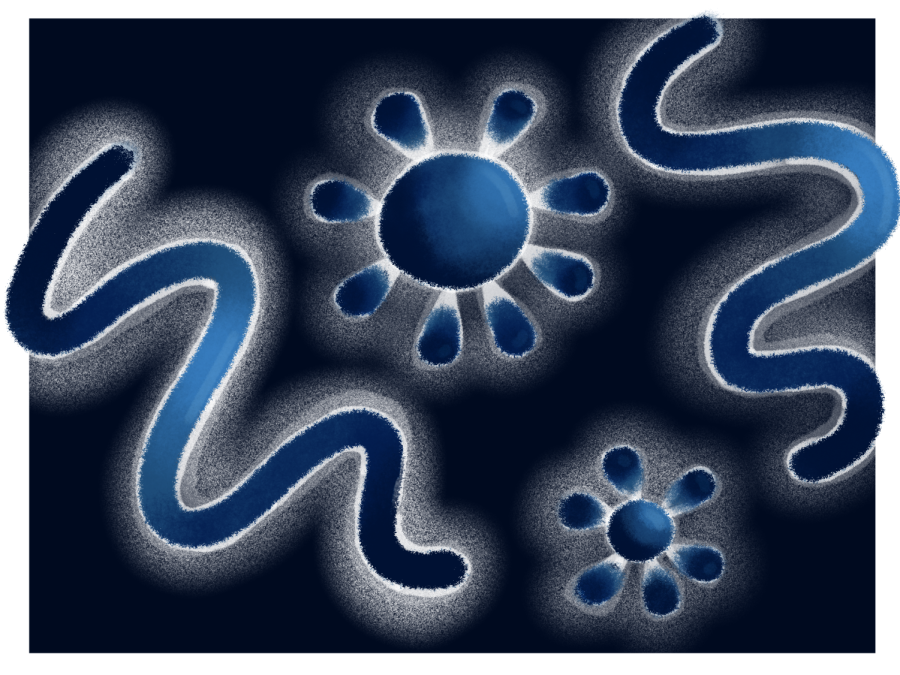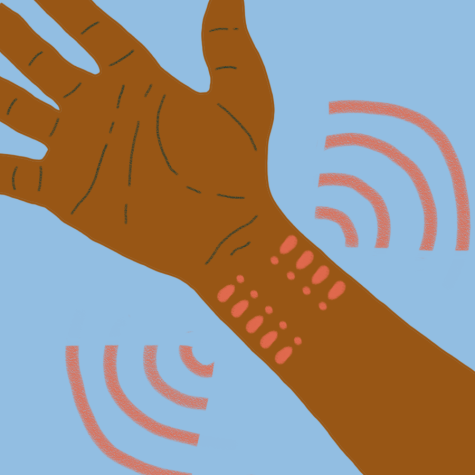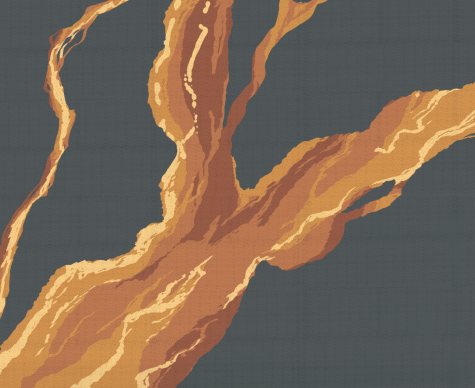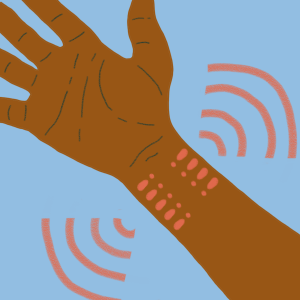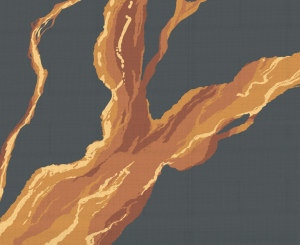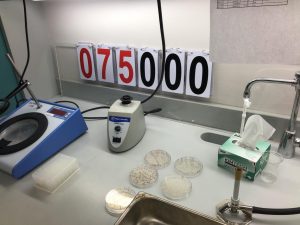UT researchers discover first viruses in ancient archaea, a possible key to origins of complex life
July 11, 2022
UT researchers have made the first discovery of viruses infecting ancient archaea that may further scientists’ current understanding of the origins of life.
Asgard Archaea are ancient prokaryotes that, recent research suggests, might have contributed to the development of the first eukaryotes, cells with a nucleus that are found in complex organisms like humans, said former UT doctoral student Ian Rambo.
Rambo said after recovering the archaea from deep-sea sediments, researchers analyzed their genomes in the lab and identified six new large viruses that have never been observed in them before. This discovery lends evidence to the theory that along with bacteria and archaea, viruses may have contributed to the emergence of complex life — the first eukaryote, Rambo said.
“Having these viruses infecting this type of archaea that was present (during) the origin of eukaryotes is really big because this virus can be the missing piece … to explain the origin of some of the functions we see in ourselves today,” Rambo said.
Rambo said the research team did not find the viruses within the cells themselves. Instead, they used metagenome sequencing systems to create a comprehensive analysis of the archaea’s structure to link genomes between the archaea and the virus.
“For most of these microorganisms on Earth, but especially for these Asgards, they’re nearly impossible to grow in the lab,” Rambo said. “Being able to utilize this metagenomic sequencing technique, we can actually find these unculturable organisms and study them.”
The archaea’s genes made it possible to identify viruses that previously infected the archaea through a virus signature, said Pedro Leão, a postdoctoral research fellow at UT and co-author of the study.
“There is a sequence of viruses that are incorporated in the host genome,” Leão said. “If you find a sequence in the host genome that you can also find in viruses, you can match the sequences and say, ‘Okay, there’s a big possibility that these viruses can infect this host.’”
The study showed these viruses share characteristics with viruses that infect prokaryotes, but also those that infect eukaryotes, including copying DNA and hijacking systems of their hosts. Characterizing the viruses can be a huge step to understanding the origin of the nuclei, Leão said.
“In the last five to 10 years, (DNA sequencing has) started to speed up with the new techniques and the way we can build these high-quality genomes and have high-quality sequences (at) affordable prices,” Leão said. “(These developments) make it possible, these types of findings and the ones that are coming after this one.”
Rambo said this discovery has possible biotechnology implications due to the viruses’ similarity to eukaryotic viruses, the cell type found in humans.
“We’re a step closer to better resolving where we came from, you know, eons ago,” Rambo said. “As we’ve seen before, viruses that we’ve recovered from the environment have made their way into the biotechnology space eventually. I think there is that potential.”

